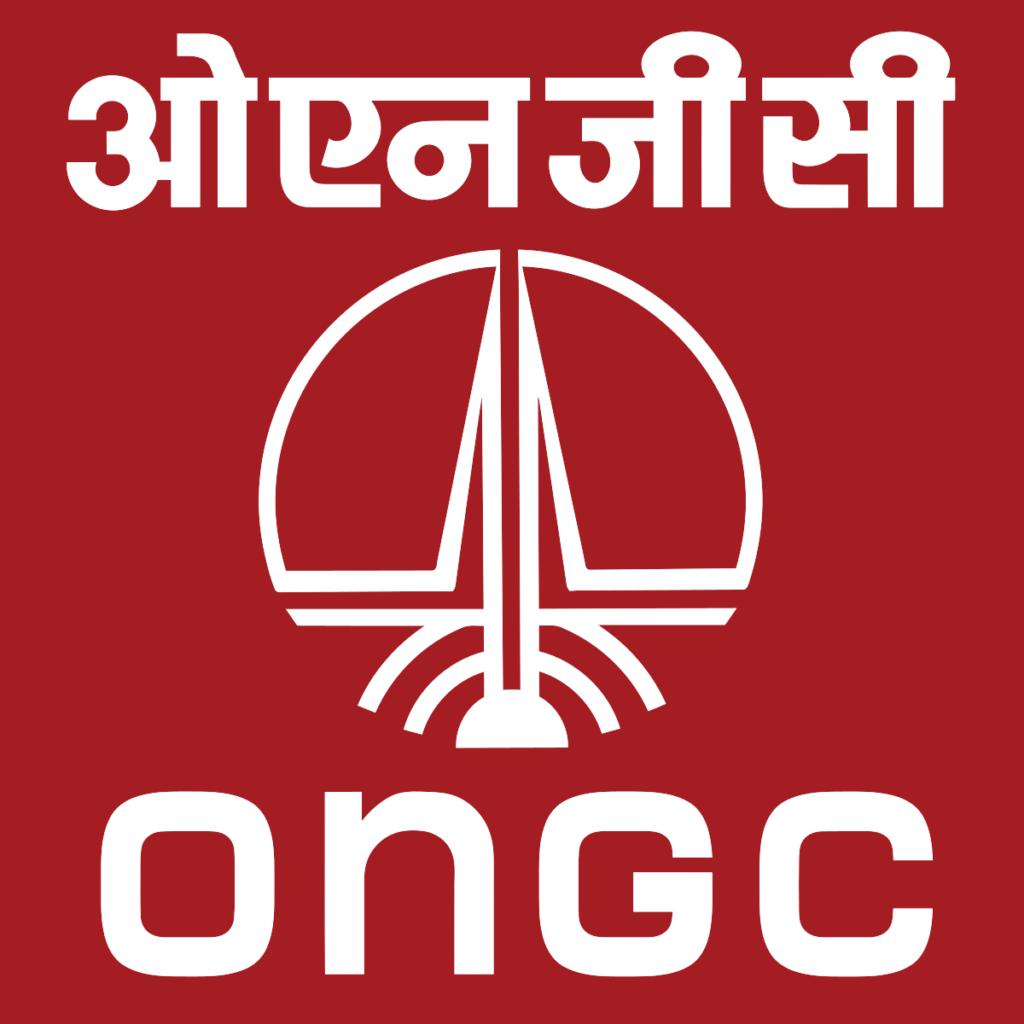In this article, we explore the ONGC Business Model to explain and understand how the Business Model of ONGC is structured and to learn about how ONGC makes money.
Oil and Natural Gas Corporation Limited (ONGC) is India’s largest oil and gas company, contributing significantly to the country’s energy security. Incorporated in 1956, ONGC has been a key player in the exploration, production, and distribution of hydrocarbons in India. The company has a rich history of success and innovation, with its roots tracing back to the vision of India’s first Prime Minister, Jawaharlal Nehru. This blog post aims to dive deep into the business model of ONGC using Alexander Osterwalder’s Business Model Canvas. This comprehensive framework will provide an insight into the various components that contribute to ONGC’s success and help entrepreneurs understand the workings of a leading energy company.
The Founding of ONGC: A Story of Vision and Patriotism
ONGC’s journey began with the vision of India’s first Prime Minister, Jawaharlal Nehru. Recognizing the strategic importance of oil and gas for the country’s economic growth, Nehru set up the Industrial Policy Resolution in 1948, which laid the groundwork for the exploration and production of hydrocarbons in India. However, it wasn’t until 1955, when the Soviet Union offered technical assistance in the form of experts and equipment, that the Oil and Natural Gas Directorate was established as a subordinate office under the Ministry of Natural Resources and Scientific Research.
The directorate was converted into a commission in 1956, and the Oil and Natural Gas Commission was born. This commission later evolved into the present-day ONGC, a public sector undertaking owned by the Government of India. The founding of ONGC was driven by the need to develop India’s hydrocarbon resources and reduce dependence on imported oil. This strategic decision laid the foundation for ONGC’s remarkable growth and success over the years.
Business Model Canvas of ONGC: A Comprehensive Framework
To understand the business model of ONGC, it is crucial to analyze it using a comprehensive framework. Alexander Osterwalder’s Business Model Canvas is a strategic management and entrepreneurial tool that allows organizations to visualize their business model components. The canvas comprises nine building blocks, which are Customer Segments, Value Propositions, Channels, Customer Relationships, Revenue Streams, Key Resources, Key Activities, Key Partnerships, and Cost Structure.
Using the Business Model Canvas as a lens, we will dissect the various aspects of ONGC’s business model and understand how these building blocks contribute to the company’s overall success.
Customer Segments: Who ONGC Serves
ONGC caters to a diverse range of customer segments that drive its business. The primary customer segments include:
a. Refineries: ONGC supplies crude oil to refineries across India, which in turn process the oil to produce petroleum products for consumption. Some of the major refineries in India that source crude oil from ONGC include Indian Oil Corporation, Bharat Petroleum Corporation, and Hindustan Petroleum Corporation.
b. Power and Fertilizer Industries: Natural gas produced by ONGC is a critical fuel for the power and fertilizer industries, which require a steady supply of gas to maintain operations.
c. Petrochemical Industries: Petrochemical industries are another key customer segment for ONGC, as they utilize the company’s natural gas and crude oil byproducts to manufacture various chemicals and plastics.
d. Residential and Commercial Users: Through its subsidiaries and joint ventures, ONGC also provides natural gas to residential and commercial users, contributing to the country’s energy security and meeting the growing demand for clean energy.
Value Proposition: The Core Offerings of ONGC
ONGC’s value proposition lies in providing a reliable, diverse, and affordable supply of hydrocarbon products to its customers. The company’s core offerings can be summarized as follows:
a. Exploration and Production: ONGC is India’s leading exploration and production company, focusing on discovering and extracting oil and gas reserves within the country. With over 60 years of experience, ONGC has built a strong reputation for technical expertise and innovation in exploration.
b. Diverse Portfolio: ONGC has a diverse portfolio of assets, including onshore and offshore fields, as well as international projects. This enables the company to maintain a consistent supply of hydrocarbons, even in times of geopolitical uncertainty or resource constraints.
c. Cost Efficiency: ONGC leverages economies of scale and operational efficiencies to produce oil and gas at competitive costs. This allows the company to offer its customers affordable hydrocarbon products while maintaining profitability.
d. Sustainability and Environmental Responsibility: ONGC is committed to environmental protection and sustainable development. The company invests in new technologies and practices to minimize its environmental footprint and ensure the long-term viability of its operations.
Channels: How ONGC Delivers Value
ONGC delivers its value proposition through multiple channels, including:
a. Pipeline Infrastructure: ONGC has an extensive network of pipelines that transport crude oil and natural gas from production sites to refineries and other customers. These pipelines ensure a consistent and secure supply of hydrocarbons.
b. Subsidiaries and Joint Ventures: ONGC has several subsidiaries and joint ventures that distribute and market its products to customers. For example, ONGC Videsh Limited, the company’s international arm, acquires and manages international assets to diversify ONGC’s resource base.
c. Strategic Partnerships: ONGC partners with domestic and international companies to share technology, knowledge, and resources, thereby enhancing its capabilities in exploration and production.
Customer Relationships: Nurturing Long-Term Partnerships
ONGC’s customer relationships are built on trust, reliability, and long-term partnerships. The company’s focus on consistent supply, cost efficiency, and sustainability has helped it forge strong relationships with its customers, including major refineries and industries in India. Additionally, ONGC’s commitment to transparency and corporate governance has further strengthened its reputation as a dependable partner.
Revenue Streams: How ONGC Generates Revenue
ONGC’s primary revenue streams include:
a. Sale of Crude Oil: The sale of crude oil to refineries constitutes a significant portion of ONGC’s revenue. The company has long-term contracts with refineries that guarantee a steady revenue stream.
b. Sale of Natural Gas: ONGC generates revenue from the sale of natural gas to various industries, including power, fertilizer, and petrochemicals.
c. Sale of Byproducts: The company also earns revenue from the sale of byproducts, such as liquefied petroleum gas (LPG), naphtha, and other petrochemicals, which are produced during the refining process.
Key Resources: Assets That Drive ONGC’s Business Model
The key resources that drive ONGC’s business model include:
a. Oil and Gas Reserves: ONGC’s vast reserves of oil and gas are the backbone of its business model. These resources enable the company to maintain a steady supply of hydrocarbon products for its customers.
b. Exploration and Production Capabilities: ONGC’s expertise in exploration and production technology, along with its skilled workforce, allows the company to continually discover and extract new reserves.
c. Infrastructure: ONGC’s pipeline network, production facilities, and storage infrastructure are critical to delivering its value proposition.
d. Intellectual Property: ONGC invests in research and development to improve its technology and processes. The company’s intellectual property, including patents and proprietary technologies, enables it to maintain a competitive edge in the market.
e. Strong Brand and Reputation: ONGC’s strong brand and reputation as a reliable and responsible energy provider have been built over decades, allowing the company to maintain long-term relationships with its customers.
Key Activities: Operations That Enable ONGC’s Success
ONGC’s key activities can be categorized into the following areas:
a. Exploration and Production: ONGC is continuously engaged in the exploration and production of hydrocarbons, both in India and abroad. These activities involve geological surveys, drilling, extraction, and processing of oil and gas reserves.
b. Infrastructure Development and Maintenance: The company develops and maintains its infrastructure, including pipelines, production facilities, and storage terminals, to ensure the efficient and reliable delivery of its products.
c. Research and Development: ONGC invests in R&D to improve its technology, processes, and environmental practices. This includes developing new techniques for exploration, enhancing production efficiency, and minimizing environmental impact.
d. Regulatory Compliance and Risk Management: As a public sector undertaking, ONGC is subject to various regulatory and compliance requirements. The company actively manages risks and ensures compliance with all applicable laws and regulations.
Key Partnerships: Collaborations That Strengthen ONGC’s Business Model
ONGC engages in various key partnerships to strengthen its business model, including:
a. Technical and Knowledge Partnerships: ONGC collaborates with international oil and gas companies, research institutions, and service providers to access advanced technology and knowledge in exploration and production.
b. Joint Ventures and Alliances: ONGC forms joint ventures and alliances with other energy companies to share resources, risks, and rewards. These partnerships enable the company to access new markets, diversify its resource base, and improve its operational efficiency.
c. Government and Regulatory Bodies: ONGC works closely with government and regulatory bodies to ensure compliance with laws and regulations, contribute to policy formulation, and participate in initiatives that promote energy security and sustainability.
Cost Structure: Expenses Incurred by ONGC
ONGC’s cost structure includes expenses related to:
a. Exploration and Production: Costs associated with oil and gas exploration and production, such as drilling, extraction, and processing.
b. Infrastructure Development and Maintenance: Capital and operating expenses related to the development and maintenance of pipelines, production facilities, and storage terminals.
c. Research and Development: Investments in R&D to improve technology, processes, and environmental practices.
d. Employee Salaries and Benefits: Expenses related to employee compensation, including salaries, benefits, and training.
e. Regulatory Compliance and Risk Management: Costs associated with regulatory compliance, risk management, and environmental protection initiatives.
ONGC’s business model, as analyzed through Alexander Osterwalder’s Business Model Canvas, showcases the various components that contribute to the company’s success as India’s largest oil and gas provider. ONGC’s strong value proposition, diverse customer segments, strategic partnerships, and efficient operations have enabled it to maintain a competitive edge in the market while fulfilling its mission of enhancing India’s energy security. By understanding ONGC’s business model, entrepreneurs can glean valuable insights into the workings of a leading energy company and apply these learnings to their own ventures.
Did you know? Corporate teams like to use our coworking space in Bangalore.
Learn more about our coworking space on our YouTube channel Work Theater Studios where we talk about a variety of topics including personal finance, entrepreneurship, business and life.
Did you know? We also have a private theatre in Bangalore.




